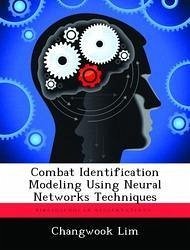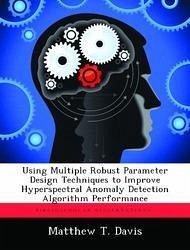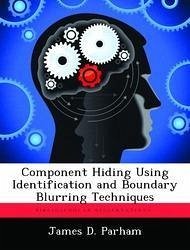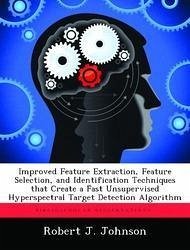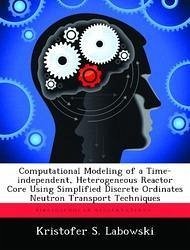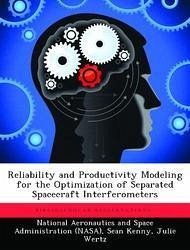Nicht lieferbar
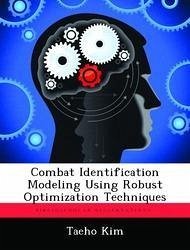
Combat Identification Modeling Using Robust Optimization Techniques
Versandkostenfrei!
Nicht lieferbar
The purposes of this research were: (1) the modeling of a CID situation and (2) the search for robust and controllable input variable settings. The inputs were defined as controllable and noise variables and the confusion matrices in ROC theory were adapted to act as controllable factors. In this research a simple virtual battlespace representation is employed. The experimental results of the CID system are summarized by a posterior confusion matrix and throughout the confusion matrix analysis we can obtain all various types of data such as accuracy, error cost, error rates, and so forth. To f...
The purposes of this research were: (1) the modeling of a CID situation and (2) the search for robust and controllable input variable settings. The inputs were defined as controllable and noise variables and the confusion matrices in ROC theory were adapted to act as controllable factors. In this research a simple virtual battlespace representation is employed. The experimental results of the CID system are summarized by a posterior confusion matrix and throughout the confusion matrix analysis we can obtain all various types of data such as accuracy, error cost, error rates, and so forth. To find the optimal parameters three evaluation techniques were applied: (1) Linearly constrained discrete optimization, (2) Taguchi's S N ratio method and (3) Robust parameter design with a combined array. The results are compared and contrasted across different objective functions.






